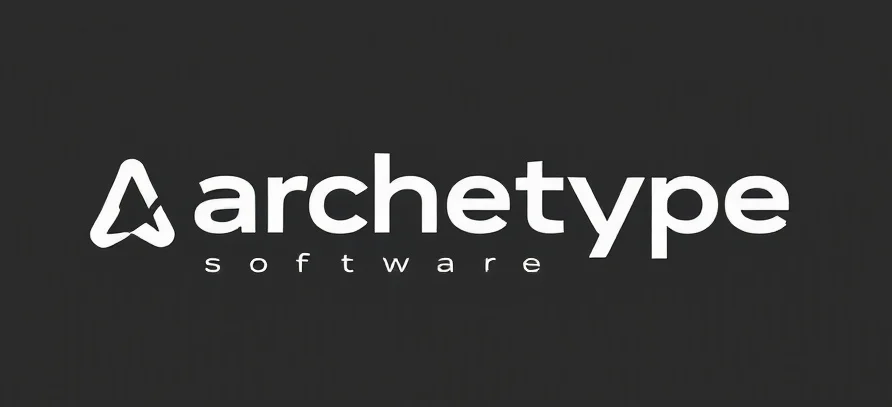Squarespace vs Shopify: A Strategic Overview
As a leader in the tech industry, you understand the importance of choosing the right platform for your business needs. When it comes to building an online store, two names often dominate the conversation: Squarespace and Shopify. This squarespace vs shopify comparison serves as a comprehensive guide to help you make an informed decision that aligns with your business strategy and growth objectives.Understanding the Platforms
Squarespace: Aesthetic and Simplicity
Squarespace is renowned for its elegant design templates and ease of use. It appeals to businesses that prioritize aesthetics and a seamless user experience. The platform offers a range of customizable templates that require no coding skills, making it accessible for small businesses and entrepreneurs focused on branding and visual appeal. Squarespace’s integrated features such as blogging tools and email marketing support can enhance your content-driven strategy.Shopify: E-commerce Powerhouse
Shopify, on the other hand, specializes in e-commerce solutions. It provides robust tools and applications specifically designed to facilitate online sales. Shopify supports businesses that prioritize scalability and a comprehensive suite of sales features. Its platform offers extensive third-party integrations, allowing you to expand your store’s functionality with ease. Shopify’s analytics and reporting tools enable data-driven decision-making, critical for growth-oriented businesses. To further enhance your store’s visibility, consider exploring software strategies to boost Shopify traffic.Business Strategy and Growth Implications
Customization and Flexibility
Choosing between Squarespace and Shopify demands a clear understanding of your business model and long-term goals. If customization and visual storytelling are central to your brand, Squarespace offers unparalleled design flexibility. However, if your focus is on scaling your online store and optimizing the sales process, Shopify’s extensive app ecosystem and flexibility in payment options provide significant advantages.Cost Implications
Both platforms offer tiered pricing models, yet their cost structures differ. Squarespace includes several essential features in its base price, which can be advantageous for startups. Shopify’s pricing, while potentially higher, reflects its specialized e-commerce capabilities. Evaluate your budget and business needs to determine which model offers the best return on investment.User Experience and Support
Your ability to offer customer support and a seamless user experience can impact customer retention and satisfaction. Squarespace provides 24/7 customer support via email and live chat, which can be a lifeline for small teams. Shopify, with its extensive online resources and community support, empowers you to troubleshoot challenges and implement solutions swiftly.Actionable Business Recommendations
In choosing between Squarespace and Shopify, align your decision with your strategic objectives. If your business is in the nascent stages or heavily reliant on visual branding, Squarespace offers a user-friendly platform with all the necessary tools to establish an online presence. For businesses with a strong focus on e-commerce growth, Shopify’s specialized features and scalability make it an ideal choice. Begin by assessing your current business needs and projecting future growth. Consider conducting a cost-benefit analysis to determine which platform aligns with your financial objectives. Engage with both platforms through free trials to gain firsthand experience of their functionalities. By selecting the right platform, you position your business for sustainable growth and enhanced customer satisfaction. Empower your team with the tools and resources that will best support your strategic vision, and in doing so, drive success in the competitive digital landscape.Checkout ProductScope AI’s Studio (and get 200 free studio credits)

